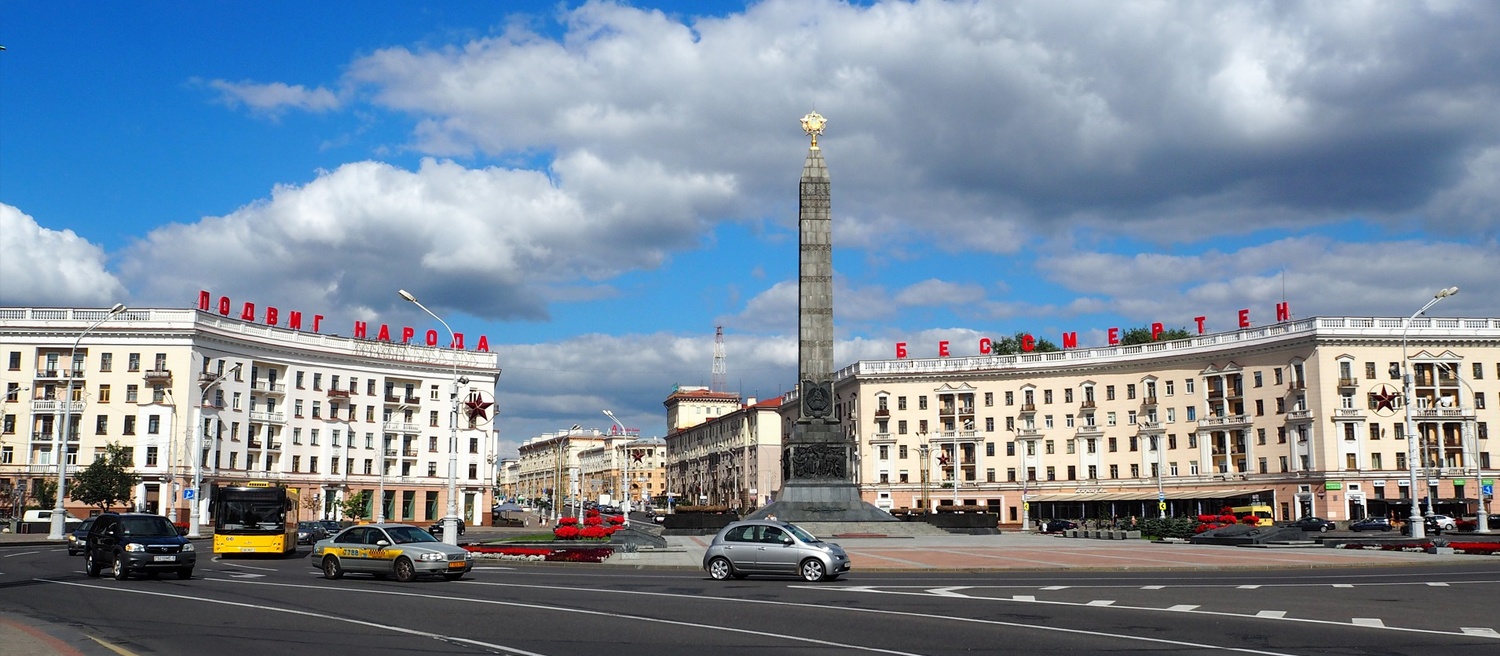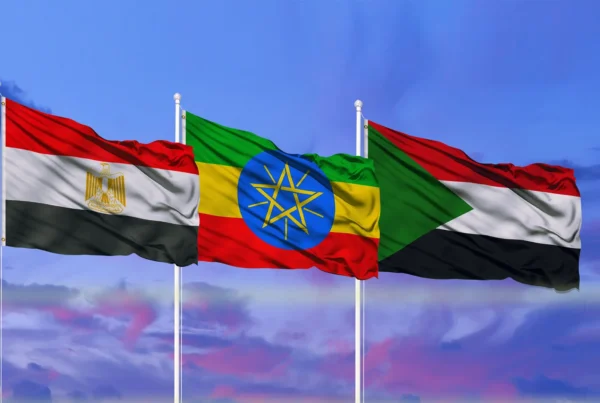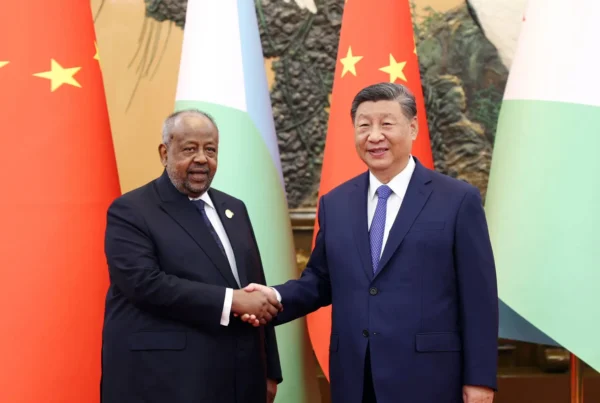It is no coincidence that Alexei Navalny was poisoned in August, the same month that protests against Belarusian autocrat Alexander Lukashenko reached their boiling point.
By Allison Westervelt 31.10.2020
For Russian President Vladimir Putin, problems are mounting close to home. On August 20, Alexei Navalny was poisoned with a lethal Soviet-era nerve agent and the Russian President was accused of ordering the attack. Against this backdrop, protests against the president of Belarus, Alexander Lukashenko, continue into their sixth month. Under the assumption that the Kremlin executed the chemical attack against Navalny on Putin’s orders, it is no coincidence that Russia’s best-known opposition leader was poisoned in August, the same month that the uprisings in Belarus reached their boiling point.
Demonstrations began in Belarus in late May when authorities detained several opposition candidates who were registered to run against incumbent President Lukashenko, who has been rigging elections in his favor since he ascended to power in 1994. When official results from the August 9 elections indicated that Lukashenko had won by almost 80 percent of the vote – despite reports from monitors indicating that there were thousands of election violations – the protests erupted, with tens of thousands of Belarusians taking to the streets to demand new elections and express frustration at the excesses of Lukashenko’s 26-year reign. Belarusian security forces who strongly support Lukashenko have violently cracked down on demonstrators by making thousands of arrests, restricting internet access, and abusing detainees.
If the indiscriminate use of force by the state is any indication, Lukashenko desperately wants to squash the movement against him, as does Putin. Putin has promised Lukashenko a $1.5 billion loan to stave off an economic crisis and prop up Lukashenko’s regime, at least for a little while longer.
Although many suspect that Putin is not particularly fond of Lukashenko, the Russian President and Europe’s last remaining dictator have much in common: Both ascended to power by promising to restore stability following the collapse of the U.S.S.R., both have pushed through constitutional amendments that allow them to effectively remain in power for the rest of their lives, and both rely on violence as a means of maintaining political control.
The political conditions in Belarus are strikingly similar to those in Russia since the fall of the Soviet Union, and the widely publicized unrest is projecting to the world how fragile the balance is. The fact that police brutality in Belarus has only further stoked the protests proves that violence alone is not enough to maintain power. Putin worries that if Lukashenko falls, people in Russia will understand that autocratic leaders can be toppled, and as such he is loath to tolerate popular demonstrations against a fellow autocrat so close to home.
Adding to Putin’s anxiety are significantly less publicized protests in Khaborovsk, a city in Russia’s far East, which have been the most sustained political movement against the Russian president in his more than two decade reign. Protests in Khaborovsk began in July when the popular former governor, Sergei Gurgal, was arrested for what many claim are fabricated charges in an attempt by United Russia – Putin’s party – to regain control of the region.
Part of the reason why those in Khaborovsk are inspired to protest is because of the work of Navalny, who has traveled extensively through the heartland of Russia to mobilize voters against United Russia. Navanly was in Siberia promoting a “smart voting” strategy to consolidate the votes of those who are frustrated by the Putin regime for the best-placed alternative party in regional elections in order to deprive United Russia of its majority when he was poisoned. Significantly, because of Navalny’s promotion of “smart voting,” his candidates made unprecedented gains in the local elections in the Siberian cities of Novosibirsk and Tomsk in September.
Navalny and his supporters point out that only three people are authorized to use Novichok and all of them are subordinate to Putin. The Russian President is so unnerved by the shattered legitimacy of a fellow post-Soviet autocrat combined with the fact that the anti-Putin political strategy of his fiercest critic is working that he ordered the attack on Navalny.
In response to the poisoning of Navalny, EU representatives have put personal sanctions in the form of travel bans and asset freezes on Putin’s political staff. Although largely symbolic, the sanctions indicate that EU ambassadors also believe the Russian president was behind the assassination attempt.
Recent photos show Navalny gaunt-faced and thin, but he has vowed to return to Russia to challenge Putin’s legitimacy. Recent polls indicate that only one third of Russians trust their president, down from the two thirds who reported so in 2017. If the poisoning of Navalny and Putin’s support of Lukashenko is any indication, the Russian President senses that the tide is turning against him, and we can only expect his reactions to become more violent if the unrest in Putin’s backyard continues.





